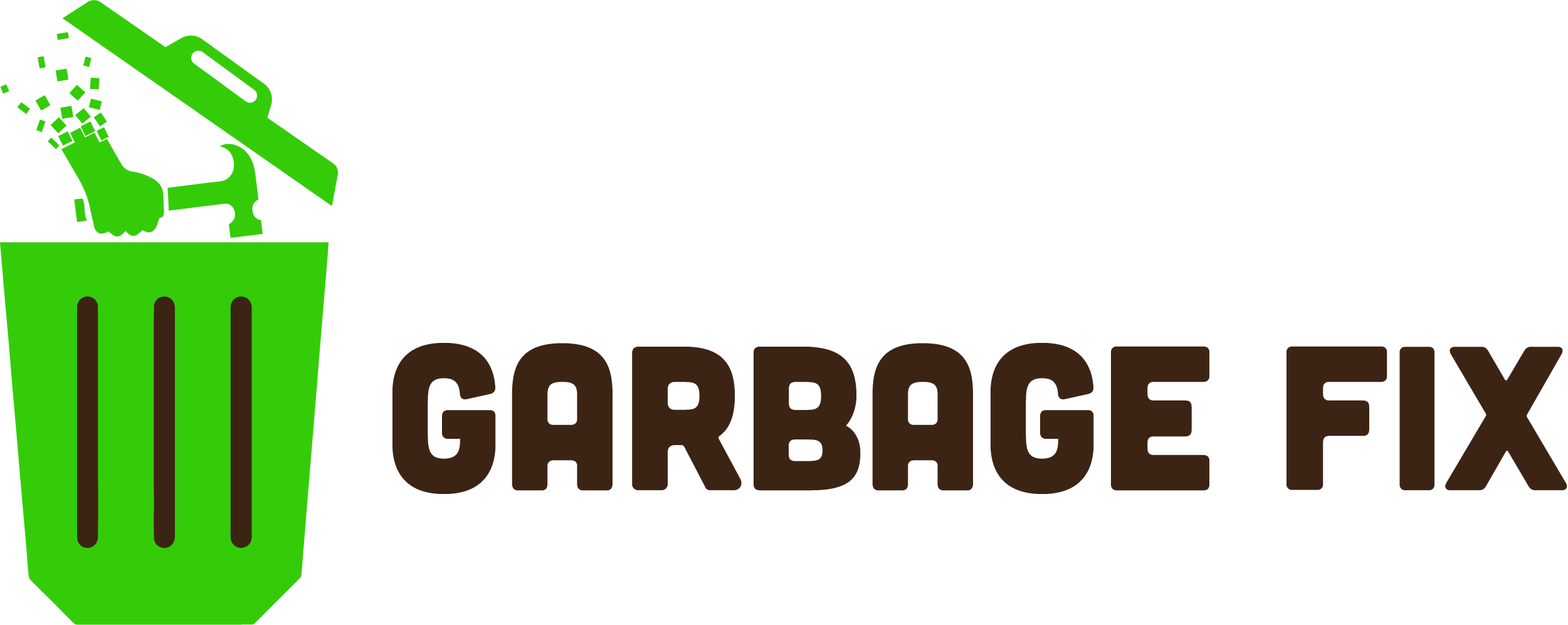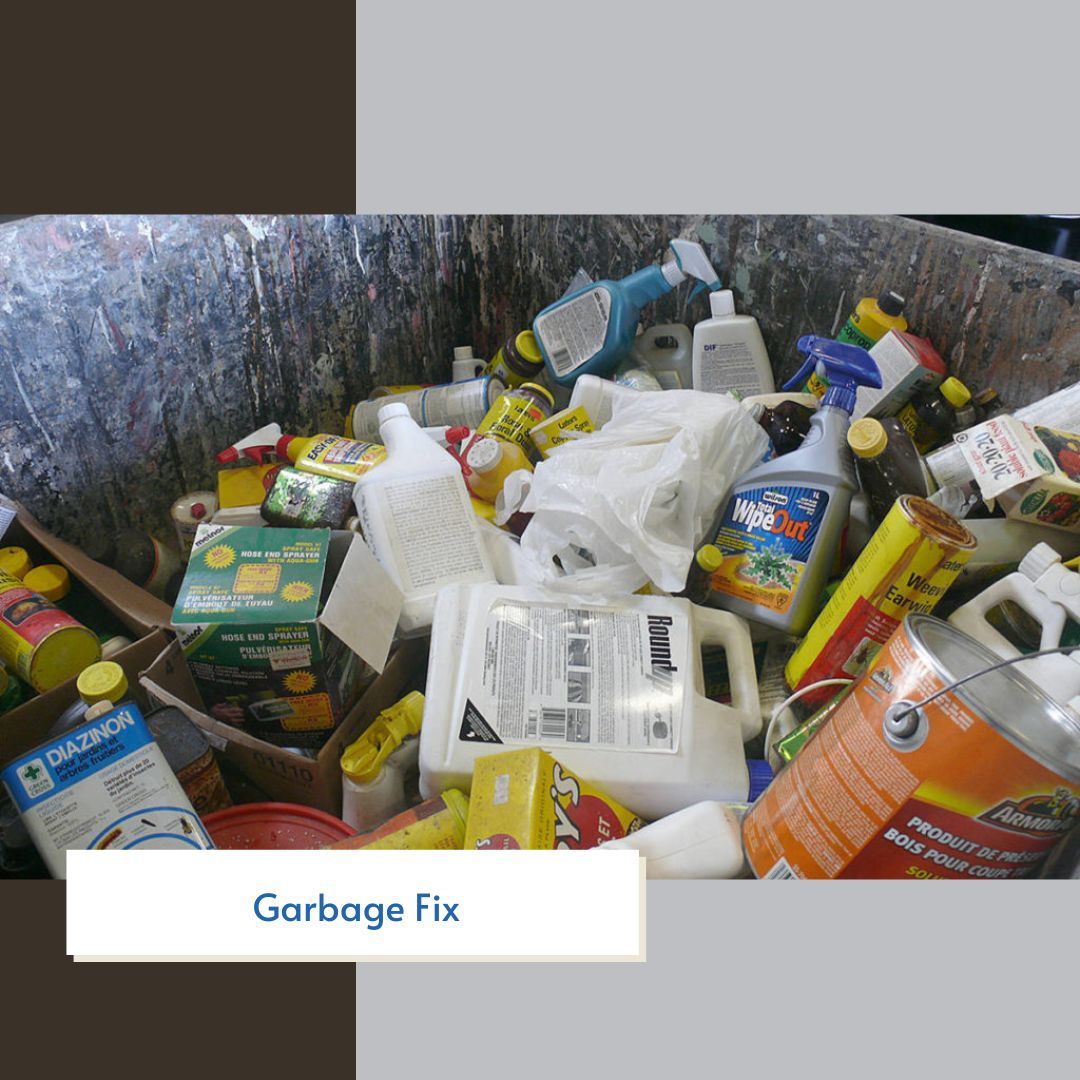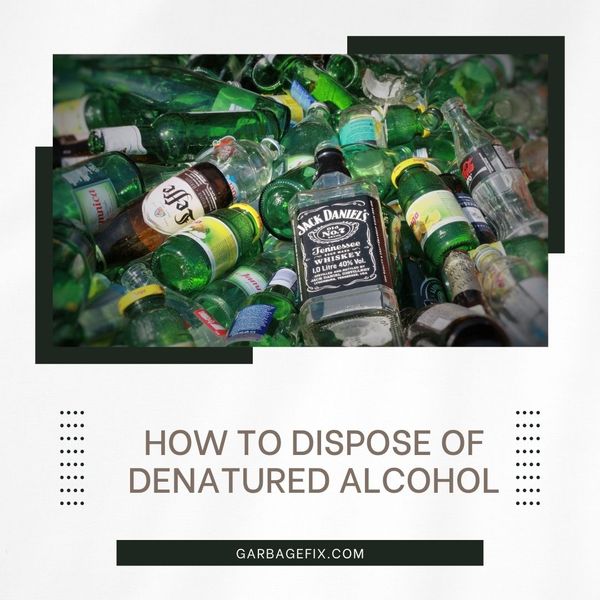The EPA and DEC have developed a comprehensive system for collecting, transporting, storing, and disposing of hazardous wastes.
Waste disposal companies licensed by the DEC collect, store and transport hazardous waste from businesses that generate it. They then transport it to a waste disposal facility where it is either recycled or disposed of in a manner that protects public health and the environment.
Hazardous wastes cannot be dumped in landfills or other places where they can contaminate water supplies or enter the air and soil. Hazardous wastes must be disposed of at regulated facilities licensed by the DEC to accept these materials from generators like your business.

You are required by law to properly manage hazardous waste generated by your business so that it does not harm employees or customers, contaminate air or water supplies, or pollute landfills where it could find its way into groundwater sources used for drinking water supply systems.
You might not be sure if you need to call a hazardous waste collection company or if some of these things can be recycled or reused.
How To Dispose of Household Hazardous Waste Disposal?
There are several ways to dispose of hazardous waste. It can be done by yourself or by hiring a professional service. The following are the two most common methods for disposing of hazardous waste from your home:
Container Disposal
This method involves taking the waste to a disposal site that accepts liquids and other hazardous materials. Many communities have these sites for free or at a very low cost. If you live in an apartment building, you can ask your landlord about installing one on your property.
If you want to dispose of smaller amounts of hazardous waste, using containers specifically made for this purpose is best. These containers are made with a material that will not leak when exposed to high temperatures or impact forces during transport or storage. It would help if you never used glass bottles or cans as they could break and expose people nearby to dangerous chemicals.
Disposal By Mail
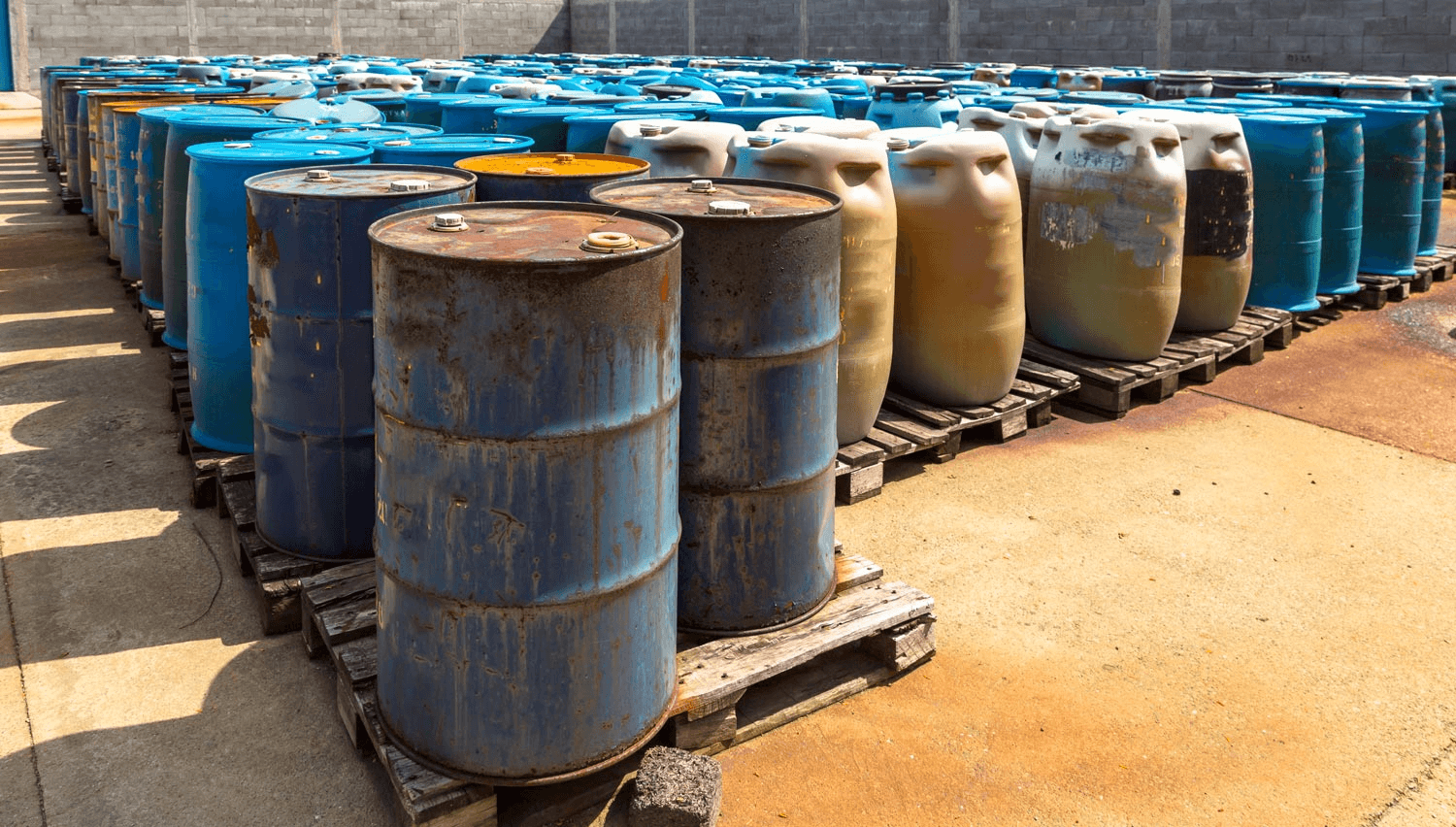
If your collection service does not offer options for household hazardous waste disposal, then there is another option available: mail-in programs. These programs allow you to mail your hazardous materials back to the manufacturer so they can properly dispose of them without causing harm to anyone else in the process. For example, some companies offer prepaid labels allowing customers to return their used batteries and other toxic items at no cost. This helps keep the environment safe while saving people money on shipping costs.
Disposal By Recycling
Recycling is another way that people can get rid of their waste safely. If a company has a recycling program in their area, they may accept certain types of hazardous waste products as part of their recycling program. However, it's important to ensure that what you're disposing of doesn't belong in their recycling bins first. For example, mercury thermometers and thermostats may be accepted for recycling by some programs but not others because mercury is extremely toxic and should never be disposed of in landfills or incinerators where it could leak into groundwater supplies or the atmosphere.
How To Dispose Of Hazardous Waste In A Salon?
You can dispose of hazardous waste in a salon in several ways. For example, you can take it to a household hazardous waste collection center or a disposal business.
You can also dispose of it by burying it in landfills. However, this is not recommended for most types of hazardous waste because it can contaminate groundwater and soil if not done properly.
If you decide to dispose of your salon's hazardous waste on your own, make sure that you follow these instructions:
- Put on protective gear such as gloves and goggles before handling any chemicals or other substances that could cause harm if they get into your eyes or mouth.
- Never pour any chemicals down the drain since they could contaminate the water supply and cause serious health problems for people who drink contaminated water. Instead, put them in sealed containers, throw them away with regular trash, or take them to an approved facility for safe disposal.
- Never mix different kinds of chemicals or store them together without clearly labeling each one with its contents, so you know what they are when you need them later on in the future.
How To Dispose Of Hazardous Waste In A Workplace?
Proper disposal of hazardous waste in the workplace is important to ensure the safety of employees and the environment and comply with regulations. Here are some steps to follow for disposing of hazardous waste in the workplace:
- Identify the hazardous waste: The first step is to identify the hazardous waste in the workplace. This could include chemicals, batteries, electronics, and medical waste.
- Determine the regulations: You must determine the regulations that apply to your workplace. The Environmental Protection Agency (EPA) has regulations that govern hazardous waste disposal, and you need to comply with these regulations.
- Label the hazardous waste: Label it properly once you have identified the hazardous waste. This includes labeling the container with the name of the waste, its hazards, and the date it was generated.
- Store the hazardous waste safely: Store the hazardous waste in a designated area that is safe and secure. Ensure the area is well-ventilated and the containers are stored away from other materials.
- Contact a licensed hazardous waste hauler: You must contact a licensed hazardous waste hauler to transport and dispose of the waste. The hauler will have the necessary permits and equipment to handle and transport hazardous waste safely.
- Complete the necessary paperwork: You must complete the necessary paperwork, such as a hazardous waste manifest, to document the waste disposal process. The EPA and other regulatory agencies require this documentation.
- Train employees: Train your employees on how to handle hazardous waste properly, including how to identify it, label it, and store it. Ensure employees are aware of the potential hazards associated with the waste.
How To Dispose Of Hazardous Waste In Laboratory?
Proper disposal of hazardous waste in a laboratory is crucial to protect the health and safety of laboratory personnel, the environment, and the community. Here are some steps to follow for disposing of hazardous waste in a laboratory:
- Identify the hazardous waste: The first step is to identify the hazardous waste generated in the laboratory. This could include chemicals, solvents, biological waste, and radioactive materials.
- Segregate hazardous waste: Proper segregation of hazardous waste is essential. You should separate hazardous waste based on its physical and chemical properties, such as flammability, reactivity, and toxicity.
- Label the hazardous waste: Once you have identified and segregated the hazardous waste, label it properly. This includes labeling the container with the name of the waste, its hazards, and the date it was generated.
- Store the hazardous waste safely: Store the hazardous waste in a designated area that is safe and secure. Ensure the area is well-ventilated and the containers are stored away from other materials.
- Dispose of the hazardous waste: You need to dispose of the hazardous waste according to local, state, and federal regulations. This may involve contracting a licensed hazardous waste disposal company to pick up and properly dispose of the waste.
- Keep documentation: Keep detailed records of the hazardous waste generated, including the type of waste, quantity, and disposal method. These records should be kept for at least three years.
- Train employees: Train laboratory personnel on how to handle hazardous waste properly, including how to identify it, label it, and store it. Ensure employees are aware of the potential hazards associated with the waste.
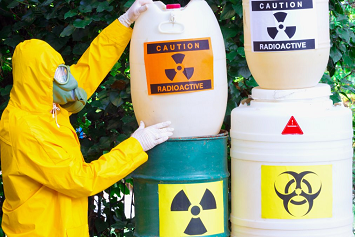
What Are The Safest Ways Of Hazardous waste disposal By Authorised Bodies?
Disposal of hazardous waste must be done safely and responsibly to prevent harm to human health and the environment. There are several methods of hazardous waste disposal, including:
- Incineration: involves burning hazardous waste at high temperatures to convert it into ash and gases, which can be safely disposed of in a landfill or designated area.
- Landfilling: Hazardous waste can be disposed of in a secure landfill designed specifically for this purpose. The landfill must be properly engineered and constructed to prevent the leakage of hazardous materials into the surrounding environment.
- Recycling: Hazardous waste can often be recycled or reclaimed for use in other products or processes. Recycling can help reduce the hazardous waste that must be disposed of while conserving natural resources.
- Treatment: Some hazardous waste can be treated to neutralize its hazardous properties, making it safer for disposal. Treatment methods can include chemical or biological processes or physical treatments like filtration or sedimentation.
The disposal of hazardous waste is heavily regulated by local, state, and federal governments to ensure that it is done safely and responsibly. Businesses and industries that generate hazardous waste must follow strict guidelines and obtain the necessary permits and licenses for disposal. Individuals should also be aware of local regulations and dispose of hazardous waste properly, often through designated collection events or facilities.
Which Dustbin Is Used For Hazardous Waste?
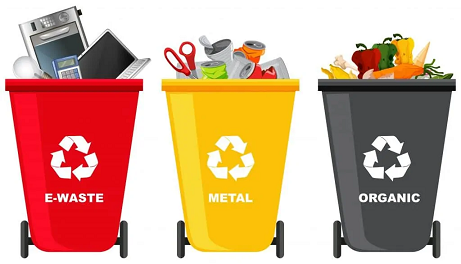
In the USA, hazardous waste is not typically disposed of in regular household or commercial trash bins. Instead, hazardous waste is usually collected and disposed of separately through specialized hazardous waste collection programs. Local or state authorities typically organize these programs, often using specialized containers and vehicles for collecting and transporting hazardous waste. These containers and vehicles are designed to meet strict safety standards and regulations to ensure that the hazardous waste is handled and disposed of properly. It is important to contact your local or state authorities to find out about the hazardous waste collection programs available in your area and to follow their guidelines for properly disposing of hazardous waste.
How to Handle Hazardous Waste?
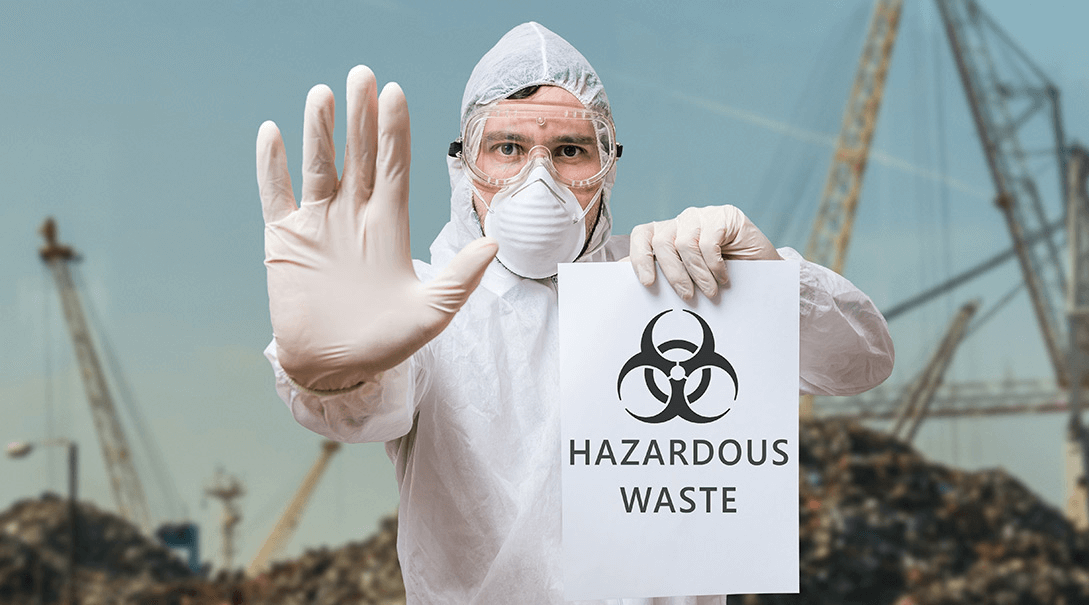
Different classes of hazardous waste specify how to get rid of the substance. However, it's crucial to comprehend which garbage is categorized thoroughly. Following the identification of your hazardous waste, you should be aware of the following rules:
- To help lower the risk of explosions, fires, leaks, toxic chemical mixtures, and noxious odors, check labels for disposal instructions and warnings.
- Check the product labels for any usage and storage directions and abide by them.
- As they are designed to hold the substance without corrosion, keep hazardous waste in the original container. When transferred, food containers and other non-certified containers risk deteriorating and failing.
- Avoid handling garbage if inadequately kept waste may have harmed the container. Call the fire department or the authority of the hazardous material in your area; they have the necessary equipment and safety measures.
- Never combine hazardous garbage with other materials. Save space. It entails packing leftover chemicals into fewer containers. It may result in dangerously unanticipated responses.
- Empty hazardous waste containers should be handled cautiously and disposed of correctly since they may still contain harmful leftover chemicals.
Is Hazardous Waste a Real Problem?
Since it is an explosive and lethal kind of waste, hazardous waste may damage anything and everyone around. In some instances, the danger associated with syringes, asbestos, pharmaceuticals, toilet bowl cleaner, and gasoline is obvious.
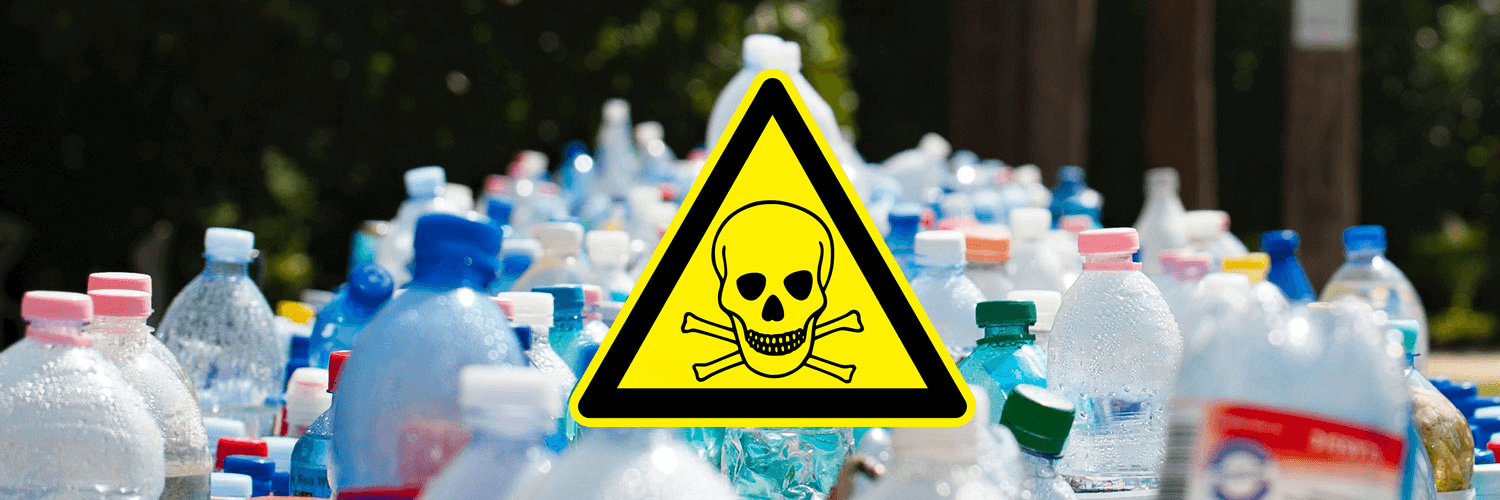
- Errors in the disposal of a hazardous material may have severe repercussions.
- There can be environmental damage caused by it.
- The sanitation workers injured during their duty were unprepared for potentially dangerous things such as needles.
- Septic tanks and wastewater treatment are compromised if dangerous items are flushed down the drain or toilet.
- Children or animals might be harmed if left alone at home.
- Inadequately maintained workstations provide long-term health dangers for employees.
- One must educate Businesses and individuals about hazardous waste, its correct disposal, and the need to adopt proactive efforts.
Conclusion
The first step in getting rid of this material is categorizing it to see whether it's harmful. Typically, labeling and coding are used. Most home items are not detrimental to household trash if used as directed on the label.
They may become deadly if used incorrectly, kept incorrectly, or leftovers are disposed of poorly. One of the most frequent errors when disposing of household hazardous waste is placing these things in ordinary containers or down the drain.
As previously stated, these actions need to be avoided. They may harm pipe networks, leak into water sources, endanger human health, or pollute air or water.
